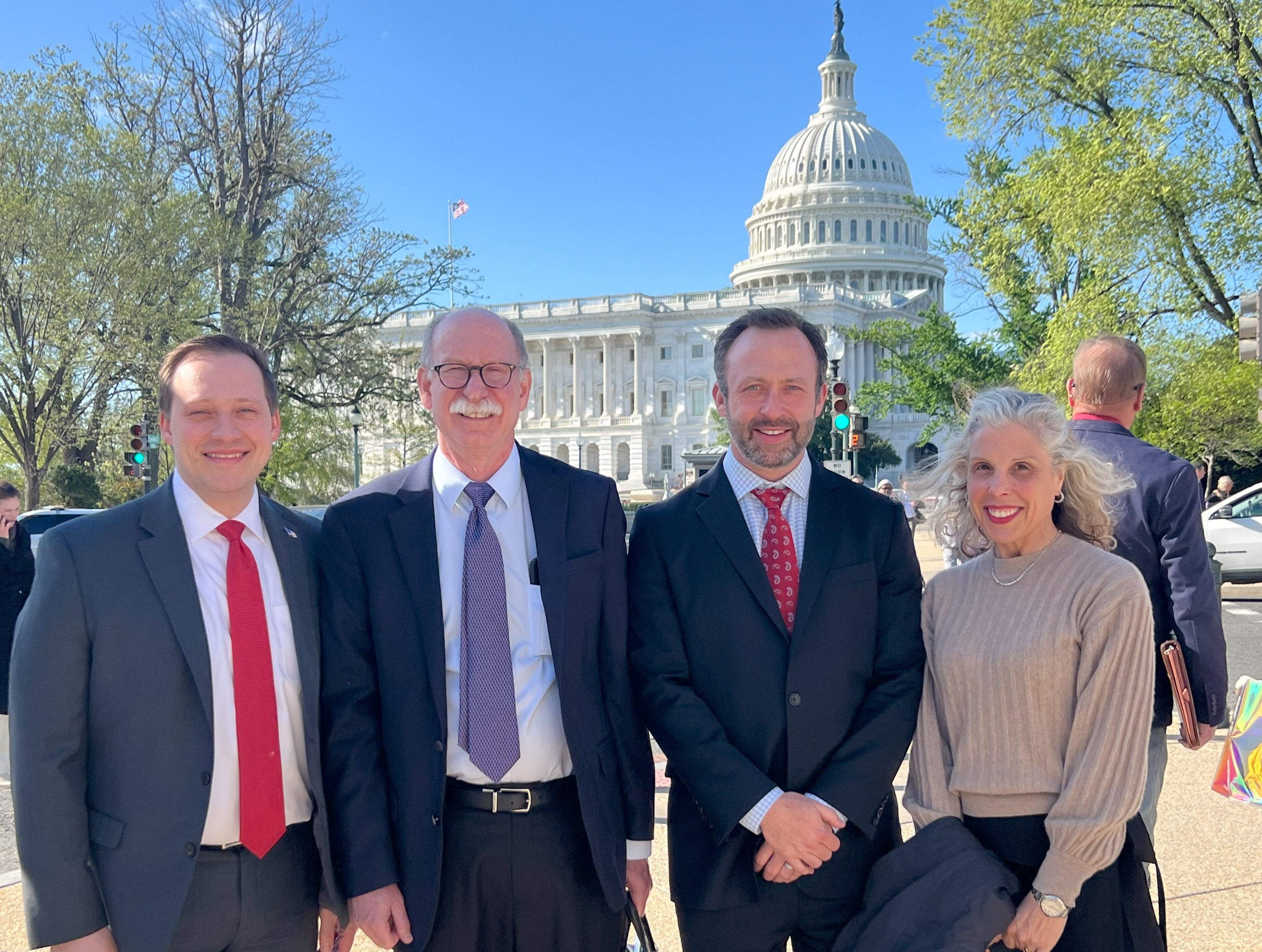LUGPA Policy Brief: The PSA Screening for HIM Act (H.R. 1300)March 2025 Overview of the PSA Screening for HIM Act (H.R. 1300) Introduced in the House by Representatives Neal Dunn, M.D. (R-FL) and Yvette Clarke (D-NY) and in the Senate by Senators John Boozman (R-AR) and Cory Booker (D-NJ), the PSA Screening for HIM Act would require health insurance providers to cover PSA screenings at no cost for men at increased risk of prostate cancer. The bill specifically benefits high-risk populations, including:
The Importance of PSA Screening The PSA test is currently the most effective tool for detecting prostate cancer in its early stages. PSA is a protein produced by the prostate, and elevated levels in the blood may indicate the presence of cancer. When detected early, prostate cancer has a nearly 100% five-year survival rate. However, when diagnosed at a later stage, survival rates plummet to around 37%. Despite the proven benefits of early detection, cost-sharing requirements create financial barriers that discourage screening, especially for high-risk individuals. Research confirms that even minimal out-of-pocket costs lead to lower utilization of preventive care services. The PSA Screening for HIM Act ensures that cost is not a deterrent by aligning PSA coverage with other high-value cancer screenings like mammograms and colonoscopies. Addressing Gaps in USPSTF Recommendations The U.S. Preventive Services Task Force (USPSTF) has repeatedly revised its guidance on PSA screening, but its process remains flawed due to a lack of transparency and inadequate input from medical specialists. In 2012, the USPSTF issued a Grade D recommendation against routine PSA screening, leading to a sharp decline in early diagnoses and a rise in advanced-stage prostate cancer cases. Although the USPSTF modified its recommendation in 2017 to endorse shared decision-making for men aged 55-69, this change has not fully restored screening rates to previous levels. LUGPA has long advocated for greater transparency in the USPSTF’s review process to ensure that clinical recommendations reflect real-world patient needs and physician expertise. The PSA Screening for HIM Act represents a crucial step in addressing these gaps by promoting broader access to early detection. LUGPA’s Advocacy Efforts LUGPA strongly supports shared decision-making between physicians and patients, backed by the latest clinical evidence. In February 2024, LUGPA sent a formal letter to Representatives Dunn and Clarke expressing strong support for the PSA Screening for HIM Act and advocating for bipartisan backing of this critical legislation. LUGPA remains committed to advancing policy solutions that enhance men’s health, reduce disparities, and support early detection efforts.
|




